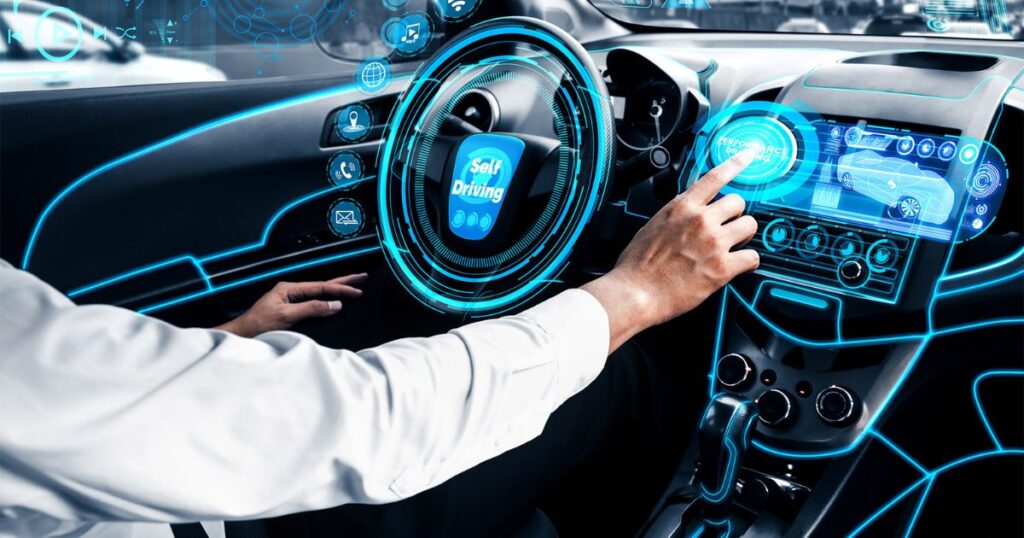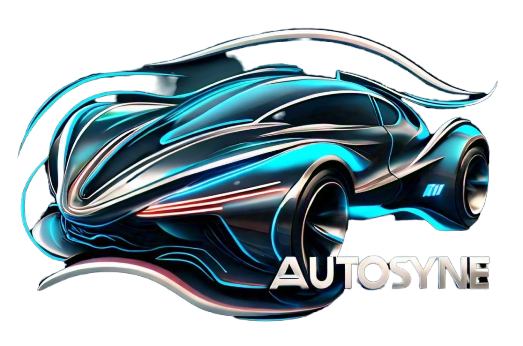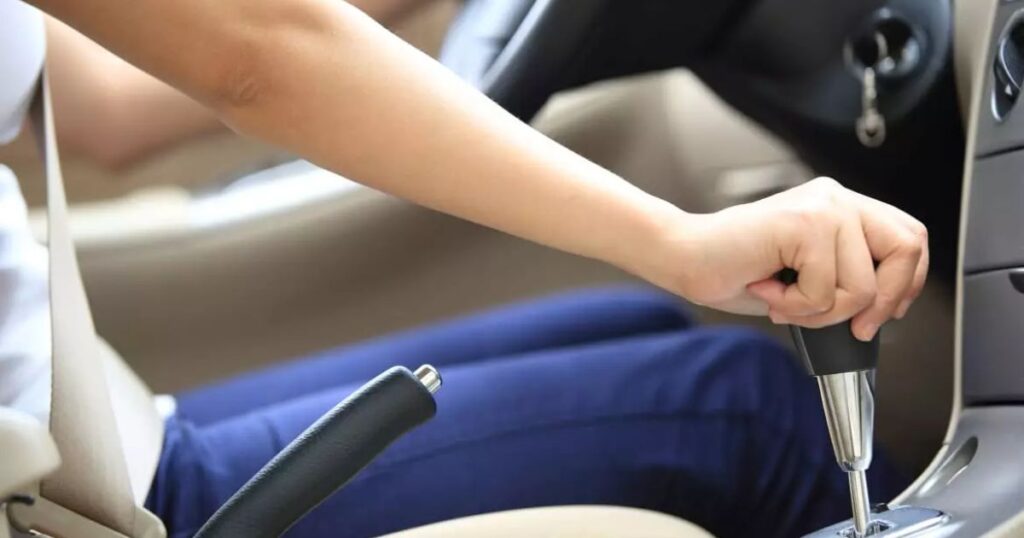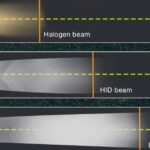Driving an automatic car is convenient – no need to worry about operating a clutch pedal or shifting gears manually. But have you ever wondered how these vehicles work under the hood? Many drivers need clarification about whether automatic transmissions contain a clutch or not.
This in-depth guide covers everything you need to know about the mechanisms that make automatics smooth and easy to operate. We’ll explore the key differences from manual transmissions and dive into the various types of automatic gearboxes on the market.
Do automatic cars have a clutch?
The simple answer is no. Modern automatic cars don’t have a traditional clutch pedal or gear shifter. Instead, a simple gear selector lets you put the car in drive, reverse, park, or neutral. No fancy footwork is required!
However, that doesn’t mean automatic transmissions entirely forego the clutch mechanism. Some models still utilize a clutch system, with one key distinction – it operates automatically rather than requiring driver input.
In manual transmission vehicles, you depress the clutch pedal to disconnect the engine from the wheels when shifting gears. With an automatic clutch, this process happens seamlessly behind the scenes, engaging and disengaging to change gears smoothly.
What’s the difference between a manual and automatic transmission?

The primary contrast is that automatic transmissions handle all gear changes automatically without the driver having to operate a clutch pedal or gear shifter. In manual transmission cars, you are fully responsible for:
- Letting off the accelerator
- Depressing the clutch pedal
- Moving the gear shifter to change gears
- Letting off the clutch pedal smoothly
This gives you complete control over the gear ratios but requires more effort and technique than an automatic.
Beyond the clutch pedal distinction, manuals and autos work differently regarding how the gears lock and unlock from the output shaft. With a manual, the transmission locks and unlocks different gears in the shaft to achieve various gear ratios. Automatics uses a planetary gear set to achieve all gear ratios within a single set of gears.
How does an automatic transmission work?
While there are several variations, the most common automatic transmission configuration utilizes hydraulics and a planetary gear set to change gears. Let’s break down each of those critical components:
What is the planetary gear set?
The planetary gearset is roughly the size of a small melon and contains the following three parts that work together:
- The sun gear: The main central gear that the other components rotate around.
- The ring gear: The large outer gear that encircles the planetary gears.
- The planet gears are Small gears that orbit around the sun gear while meshing with the ring gear.
Holding different planetary gear components stationary versus allowing them to spin creates various gear ratios for efficiently accelerating and maintaining speed.
| Gear Ratio | Use Case |
| Lower Ratio | For initial acceleration from stop, hauling heavier loads |
| Higher Ratio | For maintaining higher speeds once up to speed |
Putting the car in drive
When you shift an automatic into Drive, here’s what happens behind the scenes:
- You press the accelerator pedal
- The crankshaft (rotational component connected to the engine’s pistons) begins rotating faster
- This increases pressure in the torque converter
- The torque converter connects the engine to the planetary gearset, driving the car to move
As you accelerate, the transmission’s hydraulic system and electronics monitor the car’s speed with the engine RPMs. When a gear change is required for efficient acceleration or maintaining speed, they automatically engage the appropriate gear ratio in the planetary gearset without any driver input.
Different types of automatic gearboxes
While the planetary gearset setup is the most prevalent, there are several distinct types of automatic transmissions you may encounter:
1. Continuously Variable Transmissions (CVTs)
Often found in hybrid vehicles, CVTs have a pulley system rather than traditional gears. Two cone-shaped pulleys connected by a belt or chain operate as one seamless gear ratio that can infinitely adapt depending on driving conditions.
As one pulley widens and the other narrows, the effective gear ratio is adjusted continuously rather than shifting between set gears. This enables smooth, efficient acceleration without any harsh shifts.
2. Dual-Clutch Transmissions (DCTs)
Dual-clutch transmissions aim to combine the best attributes of manuals and automatics. They use two independent clutches – one for odd gears, one for events – in place of a torque converter.
This setup enables lightning-fast gear shifts with minimal torque interruption. DCTs are known for delivering high fuel efficiency and responsive, sportier performance. However, they can be more expensive and jerky compared to other automatics.
3. Conventional Automatic Transmissions
As covered earlier, this is today’s most common automatic transmission type found in non-hybrid passenger vehicles. They utilize a torque converter to transfer power from the engine through the planetary gear set.
While less efficient than CVTs or dual-clutches, conventional autos are refined, smooth, and generally less expensive to produce and maintain.
4. Direct-Shift Gearboxes (DSG)
Used by the Volkswagen Group brands like Audi and Volkswagen, direct-shift gearboxes employ dual dry clutches like a DCT but with a more conventional gear arrangement.
Two clutches allow the onboard computer to have the following gear pre-selected and waiting, enabling ultra-fast shifts by simply disengaging one clutch and engaging the other. This gives responsive performance akin to a manual, with automatic ease.
5. Automated Manual Gearboxes
These unconventional hybrids combine a traditional manual transmission with automated clutch and shifting mechanisms. Rather than a torque converter, they utilize computerized actuators to engage the clutch and select gears automatically.
While offering some benefits to both transmission types, automated manuals are often criticized for poor shift quality, which can result in a jerky driving experience. They are a relatively niche solution today.
Advantages of automatic gearboxes
There are clear upsides to choosing an automatic transmission:
- Easier to operate: No need to manually change gears constantly
- Better in stop-and-go traffic: Minimal effort from the driver
- Slightly safer: Keep both hands on the wheel instead of operating a clutch pedal and shifting
- More responsive acceleration: Sophisticated systems optimize power delivery
- Smoother driving experience: No risk of jerky shifts from improper clutch operation
Disadvantages of automatic gearboxes
Of course, automatic transmissions aren’t perfect:
- Less driver engagement: You cede complete control over gear selection
- Less fuel efficient than manuals: Added power delivery losses
- Higher upfront costs: More complex systems to design and manufacture
- Expensive repairs: Gearboxes can be pricey to rebuild if issues arise
- Some limitations for towing: Certain models cannot be flat-towed with wheels on the ground
What are semi-automatic cars?
Semi-automatic transmissions blend characteristics of both manual and automatic gearboxes. They combine a conventional manual transmission with automated clutch and shifting actuators.
At the flip of a switch or push of a button, you can opt for fully automatic mode, where the car operates like a traditional automatic. You can switch to manual mode and change gears via paddle shifters or the gear selector without operating a third pedal, as the clutch is automated.
Pros and cons of semi-automatic cars
Pros
- It can operate as a complete manual or automatic
- Often more fuel efficient than conventional automatics
- Less expensive to maintain than a dual-clutch or CVT
- Direct driving engagement when desired
Cons
- Added complexity over traditional manual or auto
- Automated manual shifting can feel jerky or rough
- Not as widely available as conventional offerings
- Potentially more costly to purchase upfront
Are all electric cars automatic?

In a sense, all-electric vehicles do away with traditional multi-gear automatic transmissions. Since they create motion by spinning an electric motor rather than combusting an air/fuel mixture, there’s no need to vary the power delivery like a gas-powered engine constantly.
Instead of a transmission, electric cars use a single-speed reduction gearbox to bring the motor’s high RPMs down to a level that can turn the wheels effectively. The electricity sent to the motor controls its speed and torque output.
However, some high-performance EVs aim to optimize for different driving scenarios. For example, the Porsche Taycan utilizes a two-speed transmission that switches between a lower gear for accelerating and a taller cruising gear.
Read More Posts
How Much Does A Replacement Car Key Cost?
How To Protect Your Car From An EMP?
FAQs
Are there clutches in automatic cars?
Automatic cars still have clutches, albeit they operate differently from manual transmissions.
Do automatic cars have no clutch?
Automatic cars have a clutch, but the transmission system automates its operation.
Do automatic cars have a clutch switch?
Some automatic cars have a clutch switch for safety and control purposes.
What is a car auto clutch?
A car auto clutch, also known as an automated manual transmission, is a system that automates clutch engagement and disengagement during gear changes, combining features of both manual and automatic transmissions.
Conclusion
As you can see, modern automatic cars don’t have a traditional driver-operated clutch pedal, but their transmission systems could be more complex. From the ingenious planetary gear set to cutting-edge dual-clutch designs, automakers have created sophisticated and efficient ways to handle gear changes seamlessly.
Whether you opt for a conventional automatic, sportier dual-clutch, efficient CVT, or one of the other variations, the correct transmission can significantly impact your driving experience. Manuals offer more direct control, but automatics provide unbeatable convenience and smoothness for daily driving.
As electric vehicles become popular, automakers adopt traditional automatic principles like multi-gear transmissions to optimize EV performance and range. Whether you choose gas or pure electric, understanding the pros and cons of different transmission types can help you select the ideal vehicle.
No matter which route you go, the days of having to operate a clutch pedal and lever to change gears are fading. Automatics have evolved to handle everything, so you can sit back and enjoy the drive!







